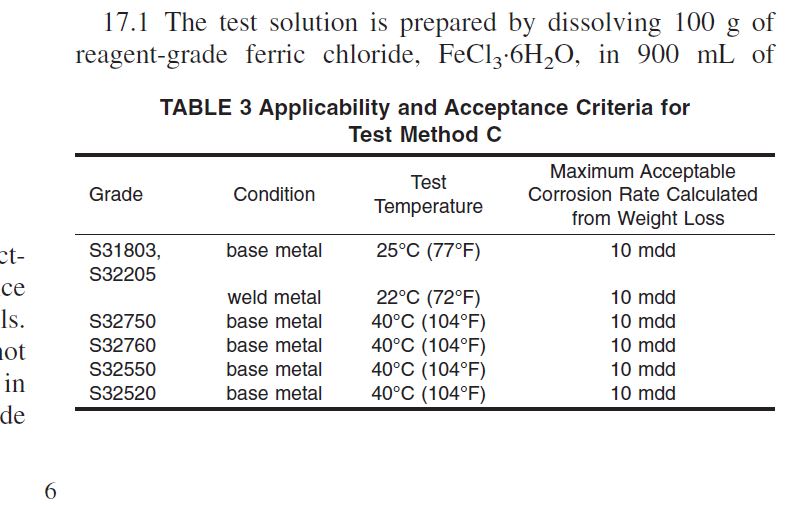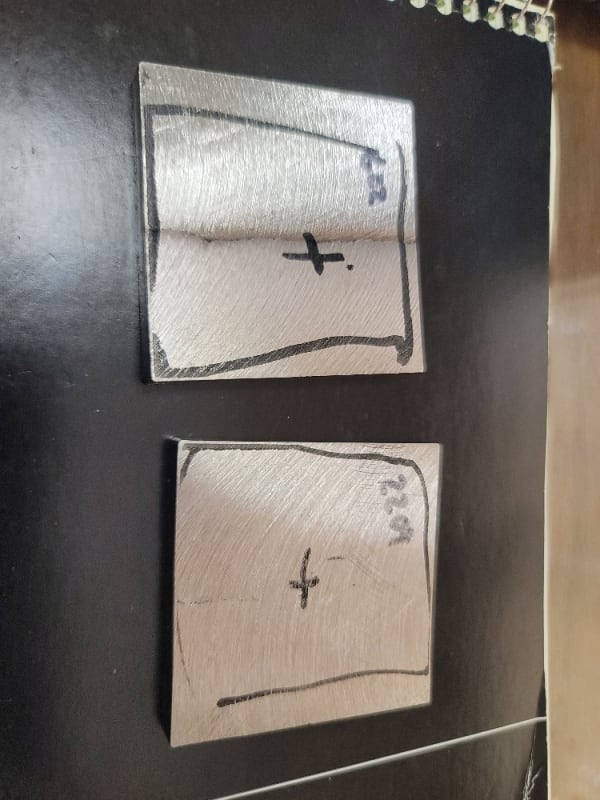We have qualified WPSs to join 2205 to 2205 with 2209 filler metal and C276 to C276 with ERNiCrMo-10 filler metal. I believe the correct filler metal to join 2205 to C276 is ERNiCrMo-10 filler metal however the 2205/C276 will be subjected to a variety of atmospheric harsh acids and am concerned about the corrosion resistance of the duplex stainless.
Fe% lift off test revealed no ferrite in the weld metal when 2205/C276 was joined with ERNiCrMo-10 and very low ferrite (10% max)when joined with ERNiCrMo-10. Of course the grain boundary between the two base metals is also a concern.
May I ask what filler metal you would propose to qualify a procedure that would provide the best corrosion resistance to 2205/C276?
Thank you in advance of your comments,
Robert
Fe% lift off test revealed no ferrite in the weld metal when 2205/C276 was joined with ERNiCrMo-10 and very low ferrite (10% max)when joined with ERNiCrMo-10. Of course the grain boundary between the two base metals is also a concern.
May I ask what filler metal you would propose to qualify a procedure that would provide the best corrosion resistance to 2205/C276?
Thank you in advance of your comments,
Robert


